Activities - Benjamin-Mills
Activities - Benjamin-Mills
Activities - Benjamin-Mills
You also want an ePaper? Increase the reach of your titles
YUMPU automatically turns print PDFs into web optimized ePapers that Google loves.
WM2EXTRACTION OF SALICYLIC ACID3 Allow the mixture to cool and pour it into a 100 cm 3 beaker surrounded bycold water (and ice, if available). Using a dropper, add concentratedhydrochloric acid drop by drop (CARE Corrosive) until the mixture is acidic.Test the mixture, as you add the acid, with Universal Indicator paper, using aglass rod and small drops of the mixture.4 Using a Buchner funnel, filter the product using vacuum filtration. Wash thesolid with a little cold water and transfer it to a watch glass.5 Take a few crystals of the product and dissolve them in a minimum of ethanol.6 Take a pre-dried thin-layer chromatography plate which will fit into a smallbeaker (see Figure 2). About 1 cm from the bottom of the plate draw a finepencil baseline. On the line place a small spot of the extract from stage 5. Onthe baseline also put a small spot of a solution of salicylic acid in ethanol.The spots are best made using a very fine dropping pipette or a drawn-outmelting-point tube. Apply a small quantity of the solution at a time; let it dry,and then add more. Try not to let the diameter of the drops exceed 5 mm.7 Place some solvent for the chromatograpy in the beaker to a depth of about5 mm. (CARE Highly flammable. Avoid breathing the vapour.)8 Place the chromatography plate in the beaker, making sure the solvent isbelow the pencil line on the plate.9 Cover the beaker, for example with aluminium foil or a watch glass. Leavethe solvent to rise up. This will take about 15–25 minutes.10 When the solvent has nearly reached the top of the plate, take thechromatogram out of the beaker. (CARE Avoid breathing the solvent vapour.)Place the plate in a fume cupboard and allow the solvent to evaporate.11 You can locate the positions of the substances on the plate by examining itunder u.v. light. (CARE Do not look directly at the light source.) View theplate by reflected light.12 Alternatively, place the sheet in another beaker with a few crystals of iodine(CARE Harmful. Avoid skin contact. Use in a fume cupboard.) Cover thebeaker with aluminium foil or clingfilm. The spots which were probably justvisible before should show up more clearly now. After the experiment,dispose of the solvent as directed by your teacher.water inantibumpinggranulesHEATwater outoilwintergreenofsodium hydroxide+solutionFigure 1 Apparatus for heating under refluxthin-layer platesalicylicsolutionacidextractfromwintergreenoil ofsolventlidFigure 2 Apparatus for thin-layer chromatographyQUESTIONSa Explain what is meant by heating under reflux.Why is this often necessary when heatingorganic liquids?b Why is it necessary to heat the flask for sucha long time?c What do the results from the thin-layerchromatography separation tell you about thecomposition of the extract from oil of wintergreen?d The equations for the reactions occurring in theexperiment are shown on the right. How couldyou have obtained the methanol formed duringthe experiment if you had wished to use it?e Suggest why the mixture formed by the hydrolysisof the ester was kept as cool as possible.OCOHoil of wintergreenCOHCOO++ CH 3 OHCH 3O+H +OHOHCOHsalicylic acidO140AS LEVEL„ Salters Advanced Chemistry 2000 – see Copyright restrictions



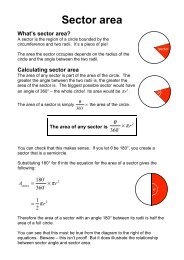
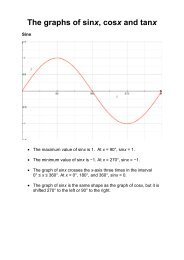
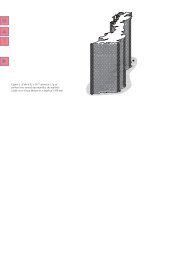
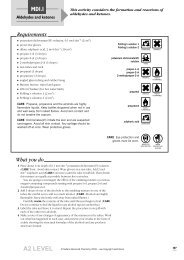
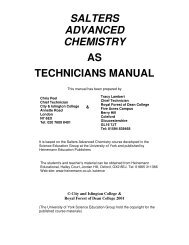



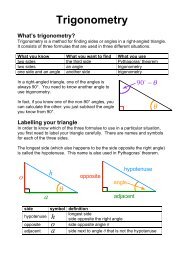
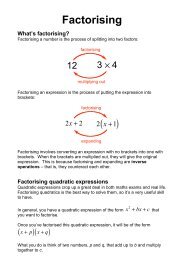
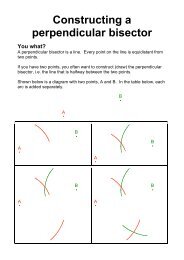

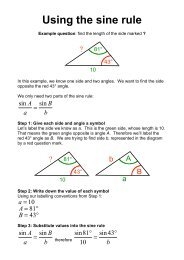
![ISI Web of Knowledge [v.4.10] - All Databases Results - Benjamin-Mills](https://img.yumpu.com/39253071/1/184x260/isi-web-of-knowledge-v410-all-databases-results-benjamin-mills.jpg?quality=85)